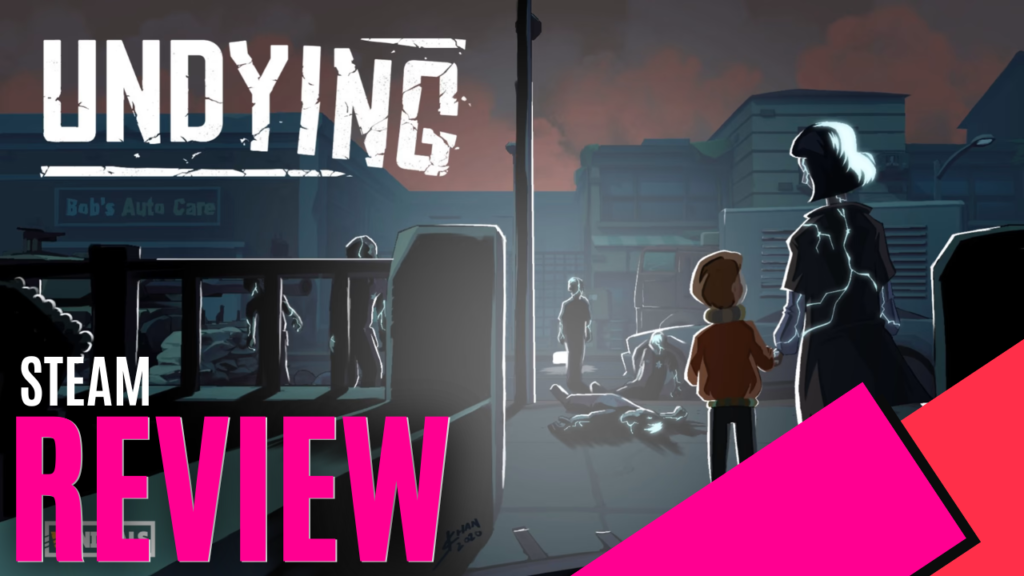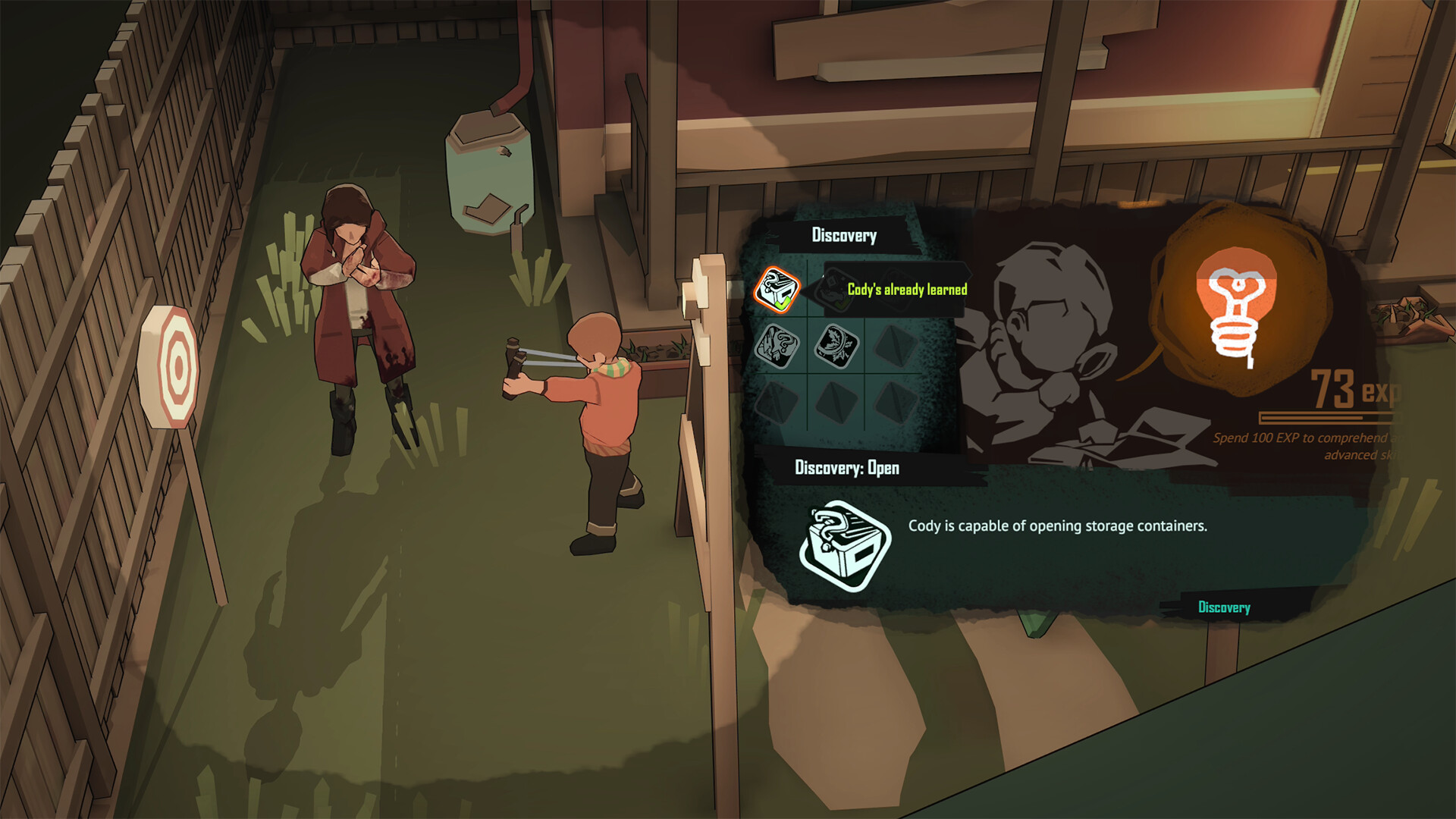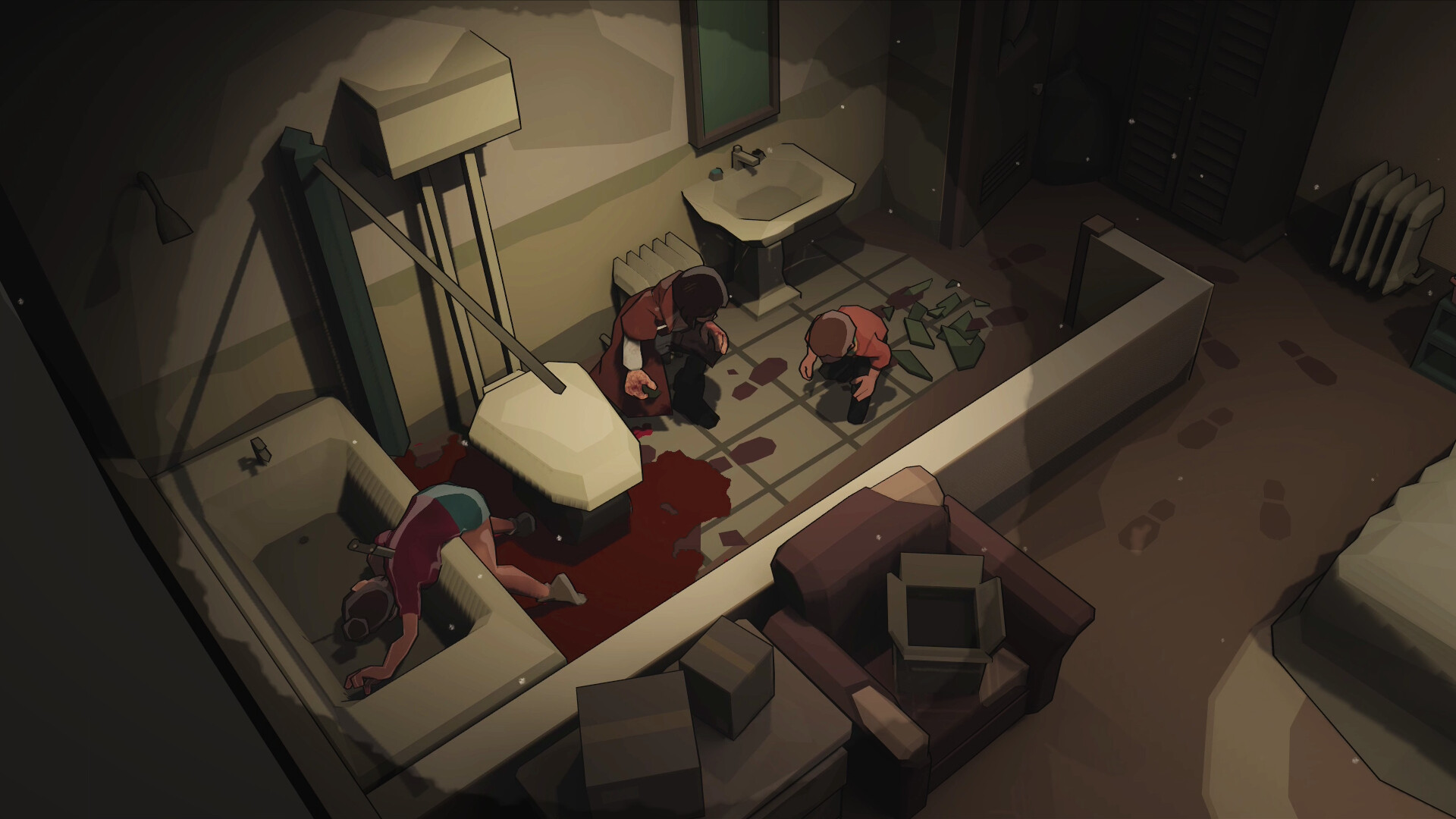
Developer Vanimals publishing alongside Skystone Games has brought us Undying. At first glance, Undying appears to be a survival game based around a zombie apocalypse and a touching story about a mother and her child. Followers of my reviews will know how I feel about survival games. So, is Undying nothing more than a desiccated corpse, or will it leave you ravenous for more, like a zombie after fresh meat?
Undying takes place in the middle of a zombie apocalypse, and the citizens are hiding out in subway stations awaiting evacuation. The military protects these encampments, awaiting orders through a systematic evacuation plan to remove all the trapped citizens.
You, playing as Anling, are at a subway station on the day of departure with your son, Cody, but an accident occurs. Zombies fall into the subway station, and Anling is bitten while trying to protect Cody. With the subway station overrun, Anling flees back home with Cody. Now, Anling must survive long enough to teach Cody how to survive an unforgiving world on his own.
The story is as old as time and is very cliché. Outside of a few cutscenes, all interactions play out with still images and dialogue boxes at the bottom of the screen. During some interactions, you will get some dialogue choices that can impact their outcome, and as much as I wanted to become invested in Anling’s story, it never took off, even with small moments where mother and child connected on an emotional level, or the deepening of thought as to how your reactions will influence a situation. Those moments, unfortunately, were very few and far between, and were not as impactful as they could have been.

Undying’s gameplay is presented in an isometric view. As Anling, you will move about via keyboard and mouse or gamepad, interacting with the environment with Cody in tow, and not only will you keep zombies at bay, but you will need to scavenge food and water to keep yourself and Cody alive.
Wood, metal, and wire, to name just a few, are some of the discoverable items that can be used back at your home for improvements, and these could be upgrades to crafting benches, your vehicle, and your garden, again, just to name a few. Crafting, also as important as those previously mentioned, will have you cooking, building weapons, and making medicines, amongst other things.
The discoverable items, improvements, and crafting systems are quite large, and you could be thinking it would be overwhelming. Surprisingly, the cadence at which you can unlock these gameplay elements is very manageable, and the survival mechanics are very well balanced, and with three difficulty settings, Tranquil, Adventure, and Fierce, you can set how stressful the experience will be, alongside how fast each day passes.
With the infection spreading through Anling’s body, she will develop temporary ailments after each resting night that will both hinder and improve her actions when out in the world. Anling is on a time limit, not only with the infection but also with getting Cody to safety and teaching him enough so he can survive.

All your actions can teach Cody so that eventually he can perform the tasks himself. This is all represented in a skill tree for Cody. As Anling does a task you can press a button to have Cody watch how it’s done, and after a while, Cody will help you with the task, eventually culminating in Cody performing the task on his own.
The more you show Cody and the more he helps, the faster he will earn experience, allowing him to become more adept at performing tasks like gathering resources, finding loot, and skinning animals.
Personally, as much as I loved this system, I wish the button press did not exist to teach Cody. The action felt redundant because you always want Cody to learn or help to earn experience. Other actions required an additional button press, but the Cody learn button was by far the most annoying due to the frequency you will have to push it.
All graphics are displayed in low poly, the cutscenes come with only mild movement animations, and the characters are highlighted alongside their dialogue boxes as they are speaking. When exploring the world, full movement animations are used and these are fluid with good hit detection, and as much as this all worked, the graphics felt empty.

The voice acting was minimal, with most of it taking place during cutscenes, while sound effects were good at matching actions, but also at alerting you to environmental things close by. Music is a mournful orchestral mix, with the focus being the piano, easily setting the mood and tone of an area or scene you’re in, but with minimal deviation, it becomes very repetitive. I found myself turning the music down to almost off, allowing it to create an ambience.
With empty-feeling graphics and minimal voice acting, Undying lay there like a desiccated corpse. I could not become invested in Anling’s plight whatsoever. However, with a fun gameplay loop of searching, crafting, and teaching Cody, that corpse was raised from the dead and was very hungry to devour more. I thoroughly enjoyed the survival mechanics presented and continued to return to play more. For myself, wanting to continue playing a survival game for its survival mechanics is a big win.
If you are a survival game buff, you will certainly enjoy Undying and the challenges it brings with its time-based difficulties. For those who dabble in the genre like me, there is fun to be had here, but unfortunately, if it’s a substantial story you are looking for, you’ll need to look elsewhere.

The Good
- Fun gameplay loop
- Interesting use of a skill tree
- Balanced survival mechanics
The Bad
- Cliché story
- Redundant button presses
- Music best suited to ambience








